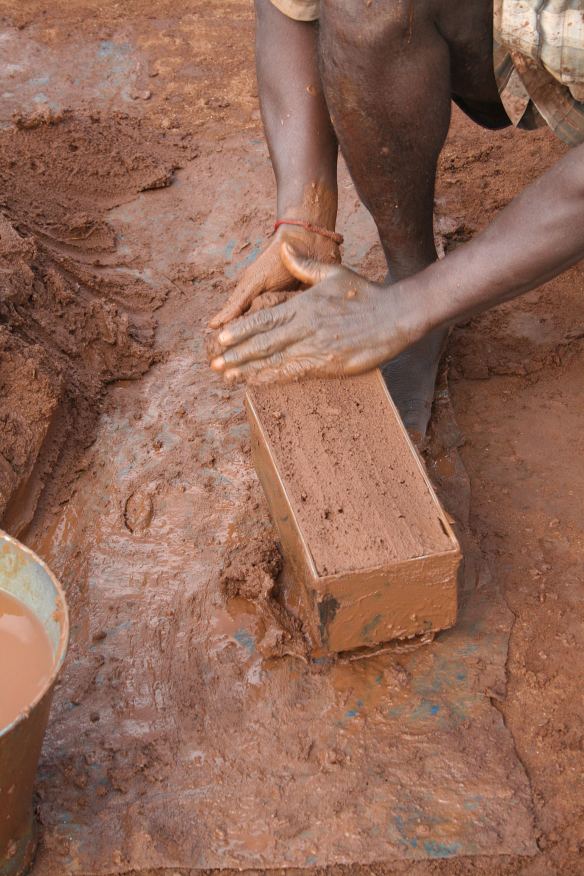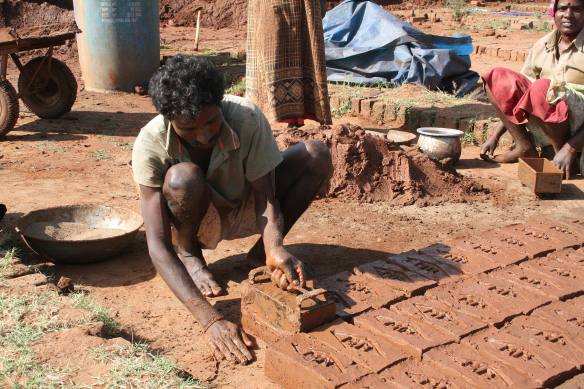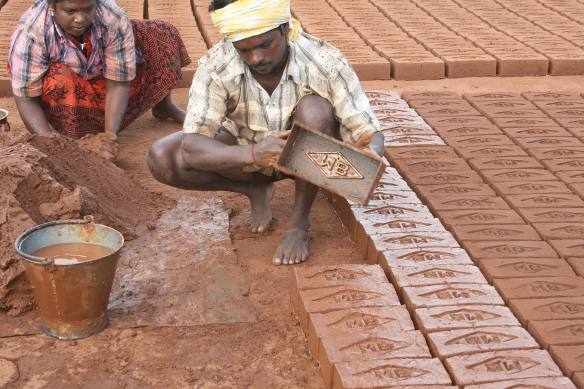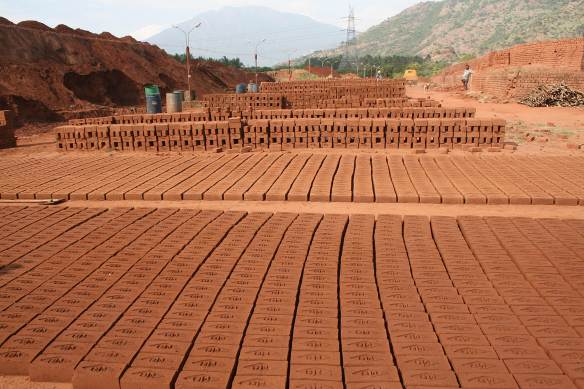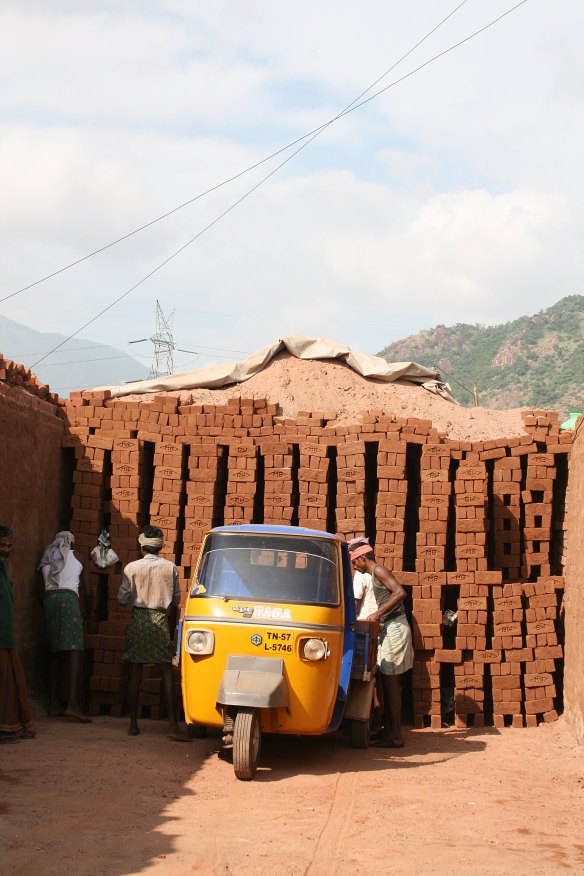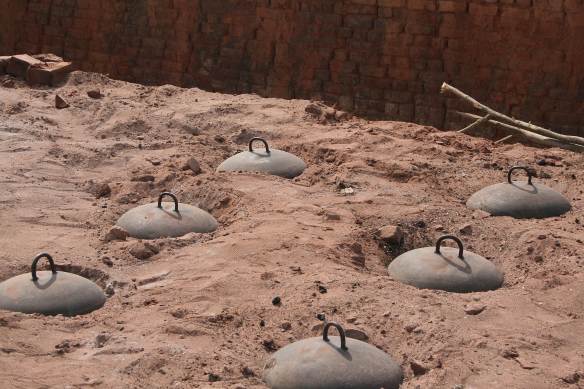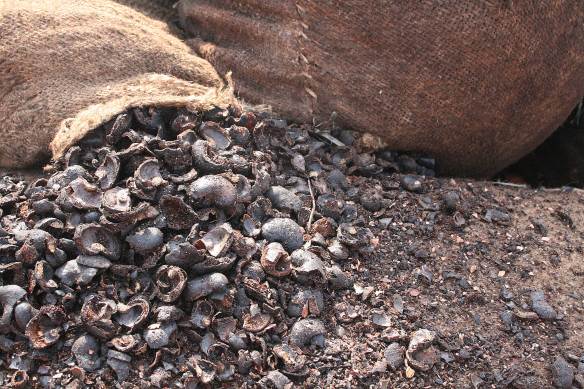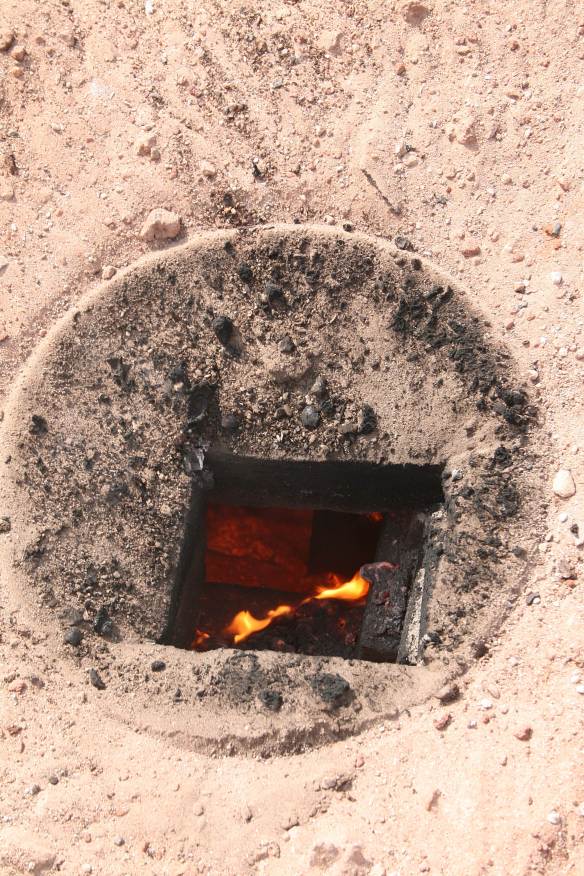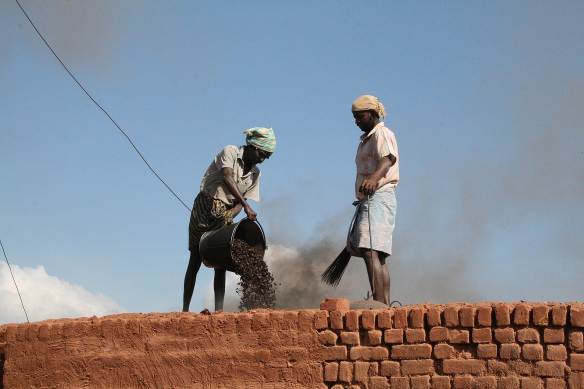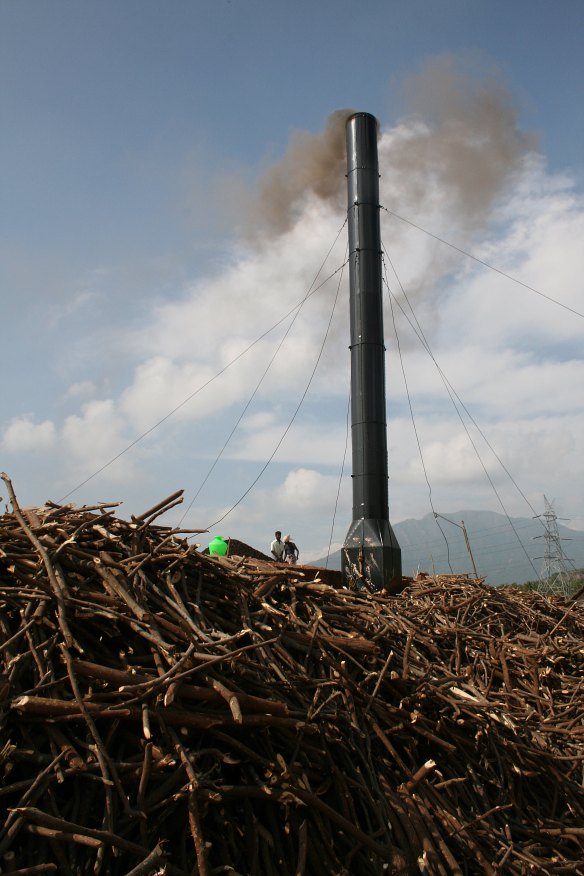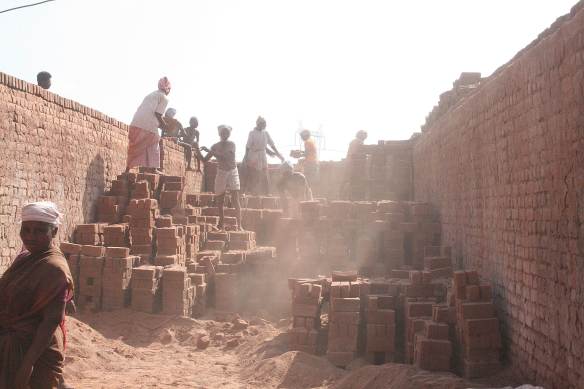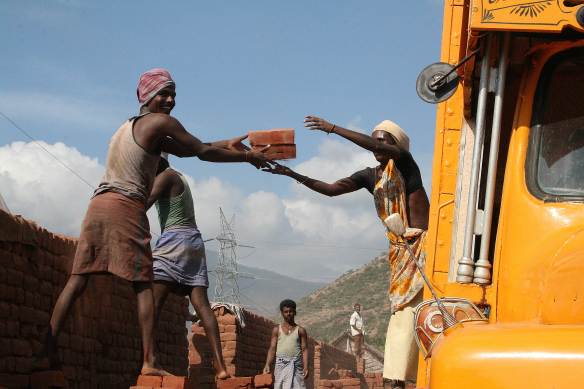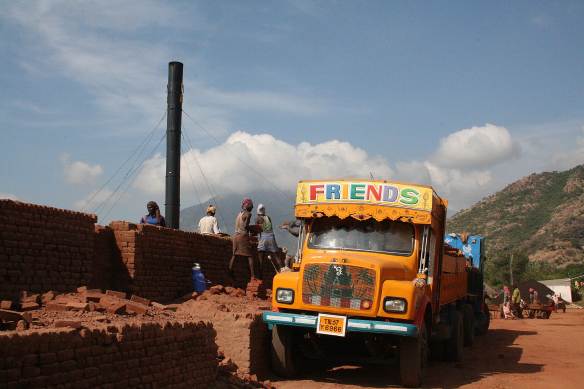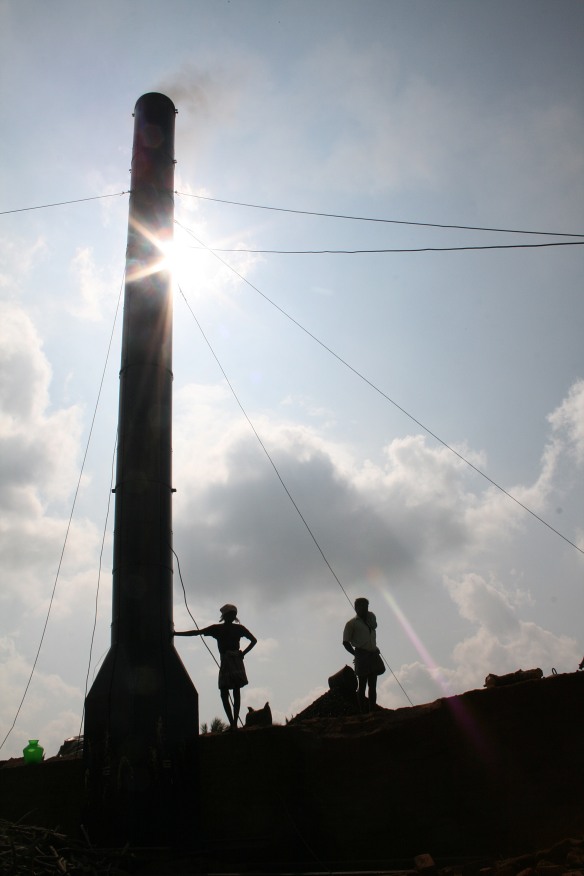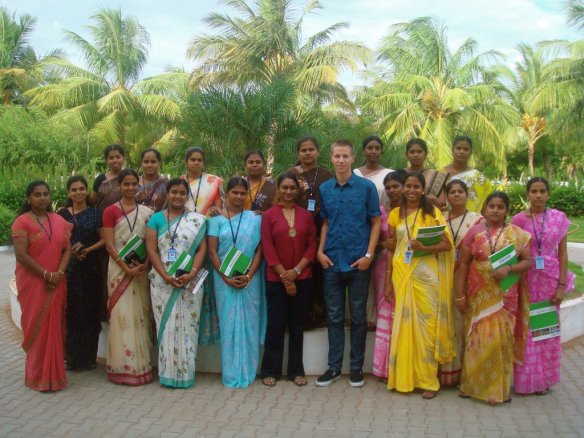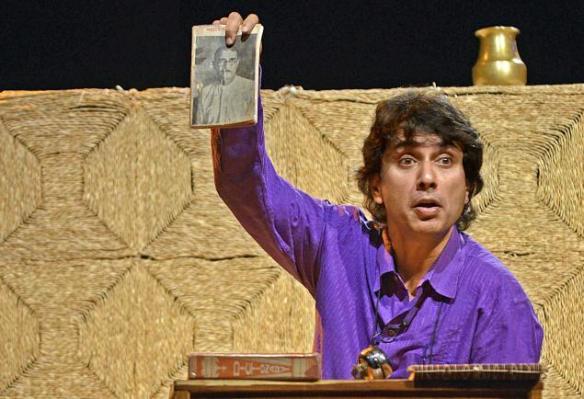As you may have noticed I haven’t posted much this year. This is partly due to a busy season. The other factor is family commitments at home in the UK.
The family situation in England means that Pete and I need to return to the UK earlier than our planned retirement date so that we can give support to our son and our little grandson. We have therefore sold Lakeside. Some of you who have been to Lakeside will know the new owners, our very good friends Arvind and Meena. They plan to continue running Lakeside in the same way as we have always done, so if you were planning a second visit (or have yet to make your first!) Lakeside will still be a beautiful, welcoming place to holiday.
At the moment it still seems a little unreal as we prepare for our return (including getting our dog Perry ready for his new life in England!), but time will pass swiftly and we will soon be back. We will miss Lakeside greatly – its peace and serenity, the great friends we have made, the very different lifestyle – but there are compensations in knowing that we will be able to spend more time with our families back in the UK, and to be closer to our grandson as he grows.
So, a big thank you to everyone who has been a regular reader of this blog and supported our little adventure. Thanks, also, to all our friends in India for the great memories.
Arvind and Meena will be keeping the current excellent staff, but will want to place someone in a managerial role. This may well suit someone who has visited Lakeside before. The type of person required will need IT, managerial and people skills, as well as having an understanding of what the western traveller wants from a visit to India. As Lakeside is a small guesthouse not a large 4* hotel, taking on this role would not make a person rich in terms of financial wealth, but the amazing lifestyle and new experiences can bring riches of a different kind. If you are interested please email me at lakeside@aol.in and I will let you have more details.
We wish Arvind and Meena all the best as they take on their new project, we couldn’t have hoped to place Lakeside in better hands.
Dorinda

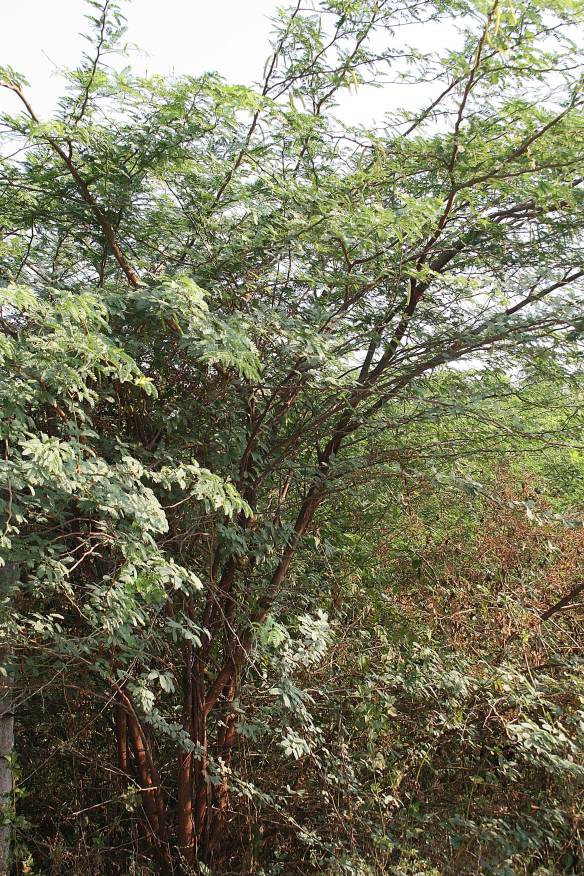
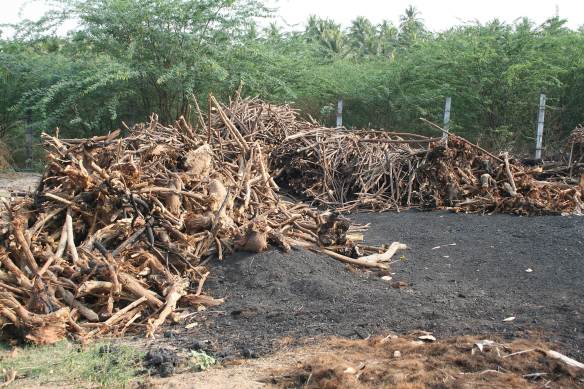

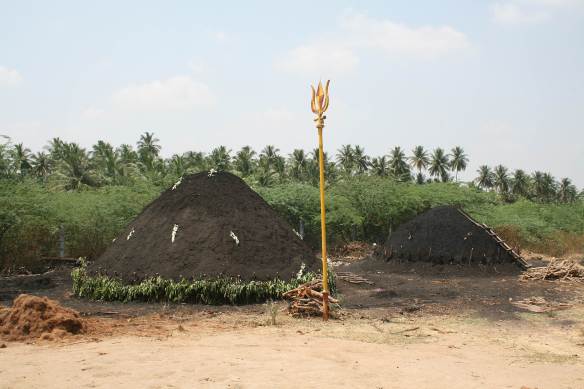
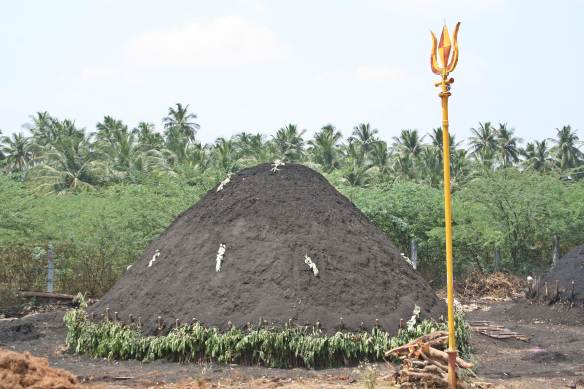
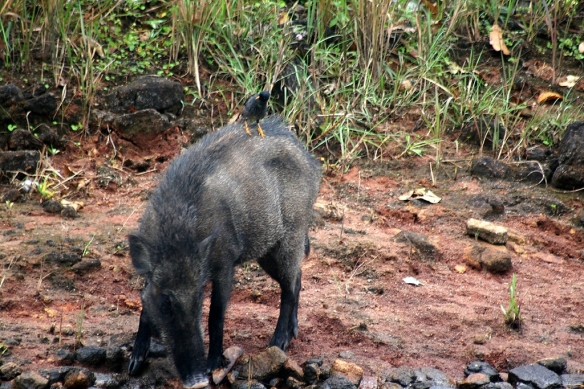 While walking in our area of land set aside for wildlife this morning I met a local family.
While walking in our area of land set aside for wildlife this morning I met a local family.